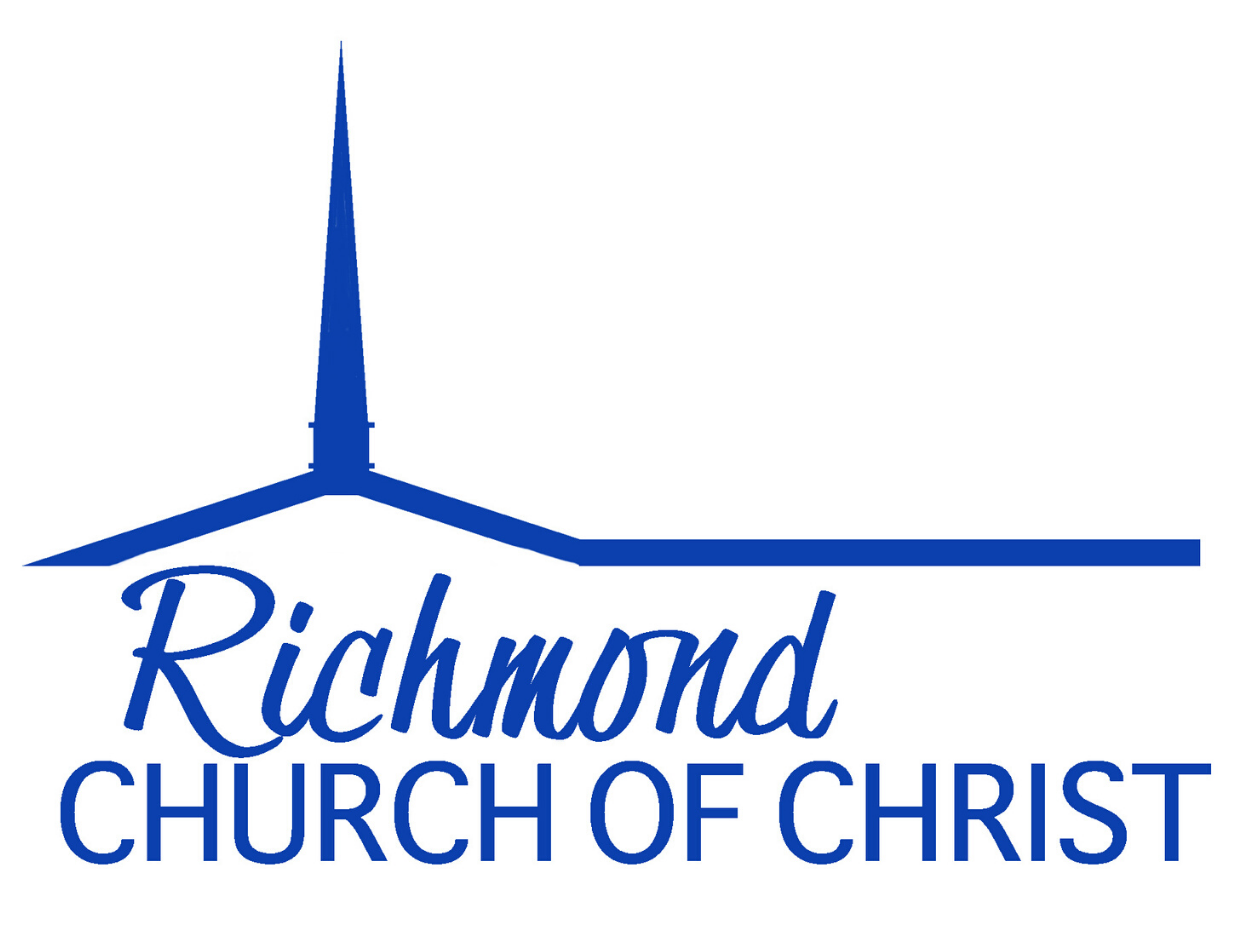
Is the Bible Trustworthy?
How do we know that the Bible is reliable and that the words contained in today’s Bibles convey the same message as the original documents?
Original Documents
The books of the Bible were written on animal skins and on an ancient kind of paper called papyrus. These writings are referred to as manuscripts. A manuscript is a document written by hand. When referring to Bible manuscripts, the term is restricted to documents written in their original languages (i.e. not a translation). The Old Testament books of the Bible were written in Hebrew and Aramaic while the New Testament was written in Greek.
Since these manuscripts were written thousands of years ago, none of the originals have survived to the present day. Due to the effects of age and use, the originals are all lost. However, thanks to ancient scribes, we have literally thousands of copies of the originals. If the originals are no longer in existence, how can we be sure existing manuscripts were accurately copied?
Transmission of Old Testament Manuscripts
Ancient people didn’t have the luxury of digitally replicating their documents. All copying was done by hand! The Jewish scribes were devoted to accurately copying the Old Testament scriptures. For example, when copying if they encountered a letter that was larger than the others, they faithfully reproduced the larger letter in the copy. If a scribe encountered an extra letter in a word, he exactly replicated the word and put a dot above the extra letter to signify his uncertainty about it.They also guarded against scribal mistakes of addition or omission by intricate counting methods. They numbered the letters and words of each book. They counted the number of times a letter was used within each book. They counted the middle letter and middle word of each book. They numbered just about anything that could be counted and used these counting systems as a means of error checking. They would check the word and letter counts of a new copy against the standard counts to verify that the copy was error free.
The scribes looked upon the sacred text with an almost superstitious reverence. Any manuscript copy with errors was buried and never used. Any manuscript that was damaged or worn out from use were also buried. Their motive was to ensure that the material upon which the sacred name of God was inscribed was of superb quality. Because of their meticulous quality control, the scribes were not concerned about having a “paper trail” of ancient copies to compare against. They considered any manuscript that had been carefully copied and carefully checked to be as authentic as any other manuscript regardless of its age.
The Dead Sea Scrolls
Because the scribes did not retain worn out copies, the oldest Old Testament manuscripts available in modern times dated only as far back as about 900 A.D. However, in 1947 ancient Hebrew manuscripts were discovered in caves near the Dead Sea. These manuscripts were at least 1000 years older than any previously known and contained portions of every Old Testament book except one.
When the text of the Dead Sea Scrolls were compared with the newer manuscripts, the textual variations were almost non-existent. This is an important testament to the skill and devotion to accuracy of the scribes.
New Testament Manuscripts
Likewise, the New Testament manuscripts have proven to be remarkably accurate. All of the New Testament writings were completed in the first century A.D. The oldest known New Testament manuscript fragment dates to about 125 A.D. When comparing all the Greek manuscripts with each other, the accuracy rate is found to be 99.5%!
The 0.5% of textual variations are mostly composed of differences in spelling and word order (in the Greek language, the order of words in a sentence doesn’t necessarily change the meaning like it does in English). Amazingly, these textual variations are so insignificant that they do not alter the meaning of the text in any meaningful way!
The Bible Is the Best Preserved Work of Ancient Literature
There are over 10,000 manuscript copies of the Old Testament and more than 5,600 manuscripts of the New Testament with an accuracy that is unrivaled amongst other literature from the ancient world.If we compare the number of Bible manuscripts to other ancient literary works, the Bible far outweighs them in both quantity and quality.
| Author | Date Written |
Earliest Copy | Years between original & copy | Number of Copies |
| Pliny | 61-113 A.D. | 850 A.D. | 750 | 7 |
| Plato | 427-347 B.C. | 900 A.D. | 1200 | 7 |
| Demosthenes | 4th Cent. B.C. | 1100 A.D. | 800 | 8 |
| Herodotus | 480-425 B.C. | 900 A.D. | 1300 | 8 |
| Suetonius | 75-160 A.D. | 950 A.D. | 800 | 8 |
| Thucydides | 460-400 B.C. | 900 A.D. | 1300 | 8 |
| Euripides | 480-406 B.C. | 1100 A.D. | 1300 | 9 |
| Aristophanes | 450-385 B.C. | 900 A.D. | 1200 | 10 |
| Caesar | 100-44 B.C. | 900 A.D. | 1000 | 10 |
| Tacitus | ~100 A.D. | 1100 A.D. | 1000 | 20 |
| Aristotle | 384-322 B.C. | 1100 A.D. | 1400 | 49 |
| Sophocles | 496-406 B.C. | 1000 A.D. | 1400 | 193 |
| Homer (Iliad) | 900 B.C. | 400 B.C. | 500 | 643 |
| New Testament |
1st Cent. A.D. (50-100 A.D. | ~125 A.D. | ~60 | 5600 |
No one has serious doubts about the authenticity or reliability of other works of ancient literature. Since the Bible is attested to so much better than any literary work before it, we can have complete trust in its accuracy and authenticity.
The Bible manuscripts are a superb collection of ancient documents from which our modern Bibles are translated.
